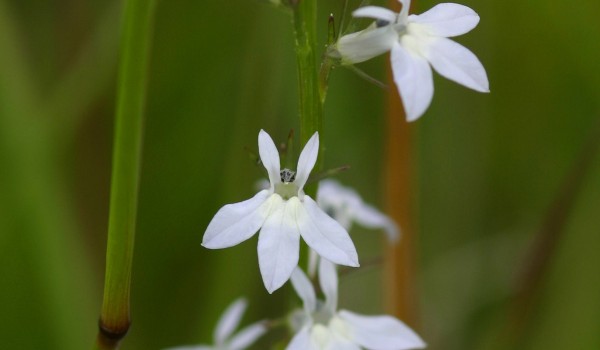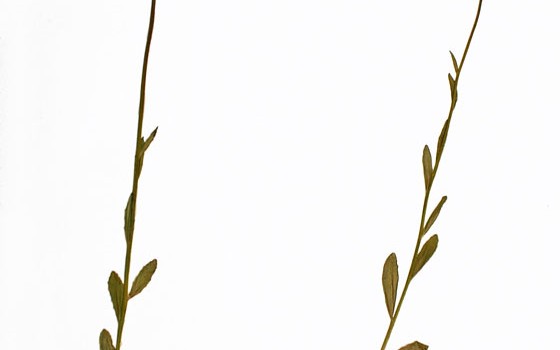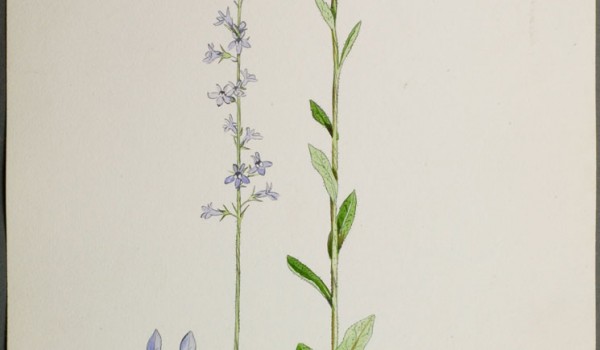Bluebell (Campanulaceae)
Spiked Lobelia
Lobelia spicata Lam.This prairie perennial tends to be short-lived and does not have an obvious floral scent. Visitors to the small white flowers seek their nectar. Pollination is mostly carried out by hummingbirds and long-tongued bees. Small butterflies, skippers, and flies have also been observed visiting the flowers. The leaves and stems contain toxic white latex, and plants are poisonous to humans if eaten in large quantities.
Flower Colour:
- White
Flowering Season:
- Summer
Flowering Months:
- August
- July
- June
Canadian Rarity Status:
Not rare. Listed as “may be at risk” in Alberta and Nova Scotia, and “exotic” in Quebec and New Brunswick.
Physical Appearance:
The unbranched stems grow 20–120 cm tall. Narrow, alternate, lance to oval-shaped leaves are stalkless with smooth or widely-toothed edges and occur mostly on the stem’s lower half. The tubular white flowers (7-50+) occur in a long, open to crowded spike. Each flower has a smaller 2-lobed upper lip, a larger 3-lobed lower lip, and a 5-toothed, tubular calyx. Fruits are capsules that release numerous, tiny, oval-shaped seeds.
Similar Species:
Kalm's Lobelia (Lobelia kalmii L.)
Gardening Notes:
Seeds and/or plants may be available from greenhouses and seed supply companies specializing in native plants. Can be propagated by seed. Plants are a good addition to bird, woodland, and prairie gardens.
Canadian Distribution:
- Alberta
- Manitoba
- New Brunswick
- Nova Scotia
- Ontario
- Prince Edward Island
- Quebec
- Saskatchewan
Prairie Types:
- Mixed Grass Prairie
- Tall Grass Prairie
Habitats:
- Open Woodlands
- Prairies
- Savannahs
Moisture Conditions:
- Dry
- Moderate
- Moist
Light Preference:
- Full Sun
- Part Shade
Soil Preference:
- Clay
- Loam
- Sand
Associated Pollinators:
-
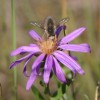 Bee Flies (Bombyliidae)
Bee Flies (Bombyliidae)
-
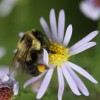 Bumble, Honey, and other Bees (Apidae (Subfamily Apinae))
Bumble, Honey, and other Bees (Apidae (Subfamily Apinae))
-
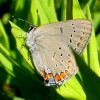 Gossamer-winged Butterflies (Lycaenidae)
Gossamer-winged Butterflies (Lycaenidae)
-
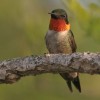 Hummingbirds (Trochilidae)
Hummingbirds (Trochilidae)
-
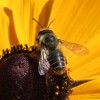 Leafcutter and Mason Bees (Megachilidae)
Leafcutter and Mason Bees (Megachilidae)
-
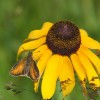 Skippers (Hesperiidae)
Skippers (Hesperiidae)
-
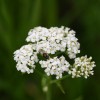 Soldier Flies (Stratiomyidae)
Soldier Flies (Stratiomyidae)
-
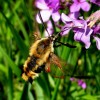 Sphinx and Hawk Moths (Sphingidae)
Sphinx and Hawk Moths (Sphingidae)
-
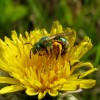 Sweat Bees, Halictid Bees and other Bees (Halictidae)
Sweat Bees, Halictid Bees and other Bees (Halictidae)
-
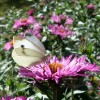 Whites, Sulfurs, Orangtips, Marbles (Pieridae)
Whites, Sulfurs, Orangtips, Marbles (Pieridae)






